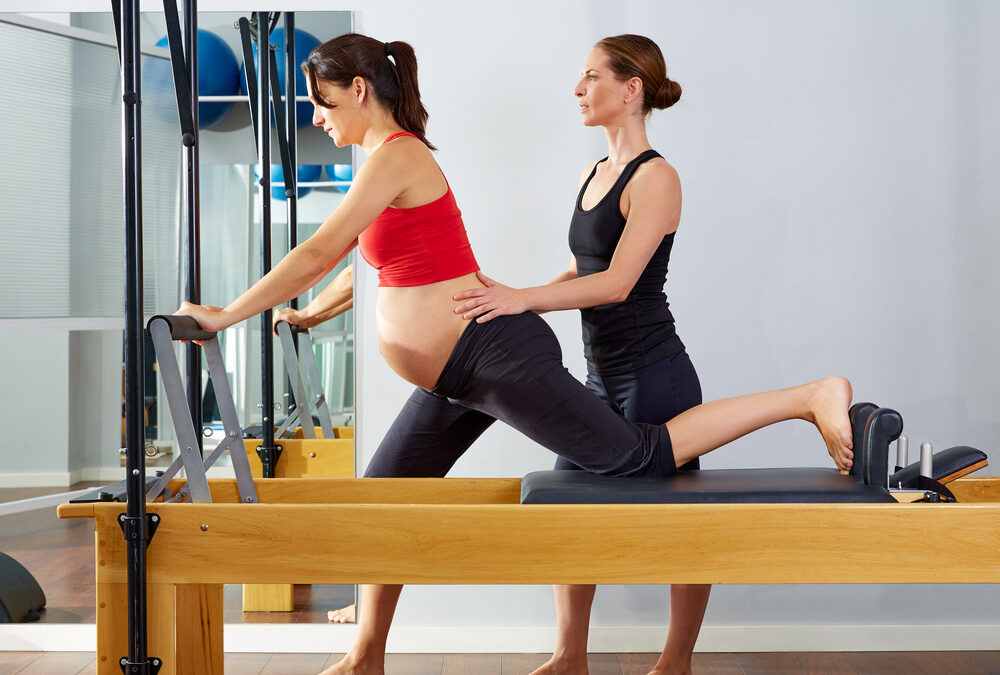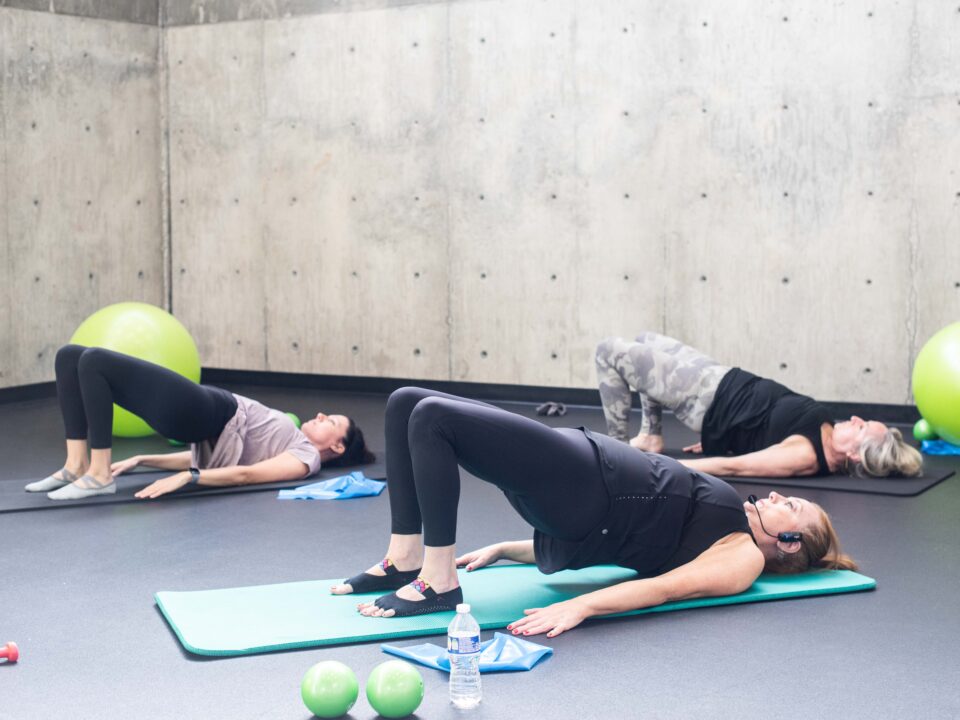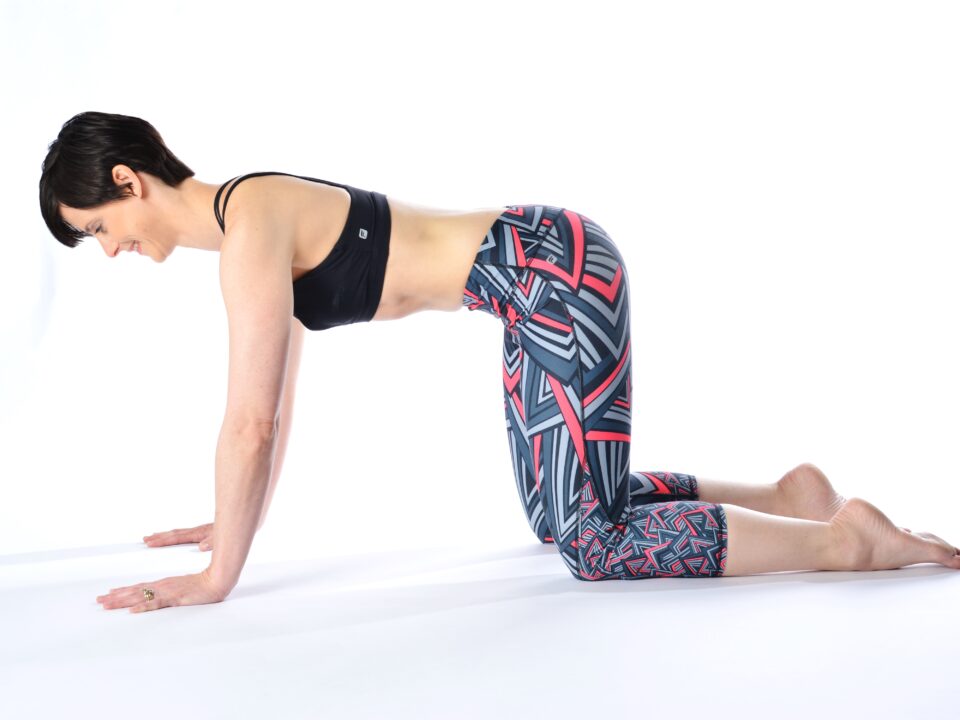- Mon - Fri
7.30 AM – 5.30 PM
Other hours upon request - 770-487-1931
Pilates During Pregnancy

Pilates during pregnancy is an enjoyable, low-stress way to exercise with a bun in the oven. Not only is prenatal Pilates safe, but it has many benefits for pregnant women. However, there are a few precautions to take while joining a mat or reformer class while pregnant. In this article, you’ll learn the benefits of Pilates during pregnancy and how to do It safely.
Benefits of Pilates during pregnancy
● Low Impact
Pilates is a low-impact exercise, so it’s gentle on your joints. While pregnant, the hormone relaxin pumps through your body, helping to loosen your muscles and joints. This helps your body grow as your baby grows and prepares you for labor. However, relaxin also increases the risk of overstretching muscles and joints, leading to injury. Low-impact exercises like Pilates can help keep your muscles and joints safe, healthy, and robust.
● Increases muscle mass
Pilates builds lean muscle mass by utilizing body weight, spring tension, light weights, and props. A strong body will help you during labor and recover quicker afterward. Additionally, increased muscle mass helps to burn fat. Weight loss should not be a goal during pregnancy; however, retaining muscle mass while pregnant may help avoid an unhealthy weight gain.
● Emphasizes breathing
Intentional breathing is crucial during labor for healthy oxygen flow for mom and baby. Breathing helps you to relax during contractions and gather strength for delivery. Breath is one of the principles of the Pilates method and can help you become more aware of your breathing.
● Reduces stress
Reduced stress is vital to a healthy pregnancy. As a mind-body modality, Pilates can reduce stress in several ways. It calls upon total concentration, thus giving your mind a break from the long list of to-do’s from planning baby showers, completing a registry, booking doctor appointments, and preparing the nursery. An hour, a few times a week, devoted to caring for you, the mama, is a great way to beat stress.
Is it safe to do Pilates while pregnant?
Pilates is safe while pregnant; however, getting your doctor’s approval is essential. There are a few precautions to take while practicing Pilates while pregnant. Prenatal Pilates avoids exercises that:
● Avoid working the rectus abdominis.
This exercise requires the head, neck, and shoulder to curl up off the mat. This includes the Hundred and Ab series.
● Skip lying on your stomach.
Avoid lying on your stomach, as it will undoubtedly become uncomfortable quickly. Back extension exercises are typically done lying on the stomach but can be modified to standing or sitting.
● Support your upper body while on your back.
Most Pilates studios have an incline body pillow you can use on the mat and reformer. Laying flat on your back while pregnant can restrict vital blood flow to the uterus and your unborn child.
● Remove exercises that disrupt pelvic stability.
Imagine the pelvic area as a basket that holds the uterus and, thus, your growing baby. You’ll want to avoid doing anything that can overly challenge the stability of the pelvic basket.
When is the best time to start Pilates during pregnancy?
After speaking with your doctor, you can begin Pilates at any point during your pregnancy. Many women find the final month before birth challenging and uncomfortable. Because of this, it’s best to begin Pilates as early in your pregnancy as it is safe for you to do so. Even better, begin a Pilates practice before you become pregnant. This way, you’ll have a strong Pilates foundation going into pregnancy.
Can you do reformer Pilates while pregnant?
Reformer Pilates is safe once approved by your physician. Similar precautions should be taken during reformer Pilates, similar to mat Pilates. Do not attempt to start reformer Pilates at home while pregnant. For a safe and effective workout, find a fully certified instructor with experience and training in pre/post-natal Pilates. Ask your instructor for an incline pillow while on the reformer. This will ensure healthy blood flow to your uterus while exercising.
Tips for starting Pilates during pregnancy
- Get the green light from your doctor.
- Work with a certified instructor who’s experienced and trained in prenatal Pilates.
- Stay hydrated and take breaks.
- Don’t over-stretch your body.
- Avoid anything resembling a sit-up.
- Practice deep breathing.
- Focus on enjoyment and stress reduction, not meeting fitness goals.
Pilates is an excellent choice of exercise for pregnant women. Fully certified and experienced Pilates instructors at ProHealth Physical Therapy and Pilates are ready to help you get started. ProHealth is the premiere Pilates studio in Fayette County, Georgia. Book your class today!




